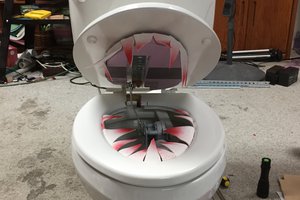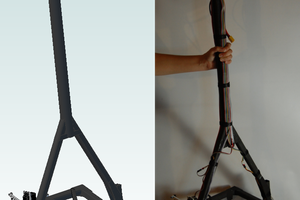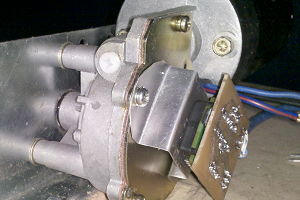Not sure why I never linked to this video... it does a pretty good job of explaining the basic idea.
Reagent Robot
Automate the Reagent (take a sample, put a drop of stuff in, shake, look at the color) testing of water for Aquaponics, Ponds, Aquariums.
 James Newton
James Newton






 Quinn
Quinn

 zakqwy
zakqwy
 Alastair Young
Alastair Young
Between my day job and consulting, I'm totally jammed for time. Is anyone out there interested in helping with the colorimeter part? Here is what needs to be done: Wire up the light to frequency converter and a neopixel to an Arduino, then code it up and do some tests to verify that it seems to accurately measure colors. I'm willing to reimburse parts cost, and trade stuff for the work... Help?